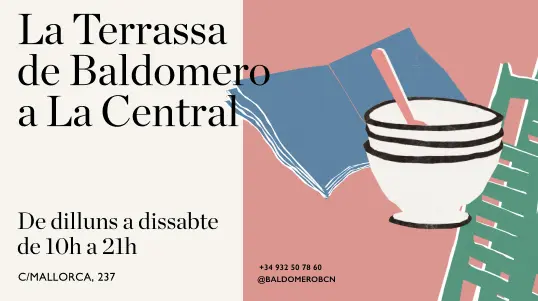Joseph Beuys-Manresa (eng)

Joseph Beuys-Manresa (eng)
30,00 €
Rep-lo a casa en 2-4 dies
per Missatger
o Eco Enviament*
O vine a buscar-lo























































